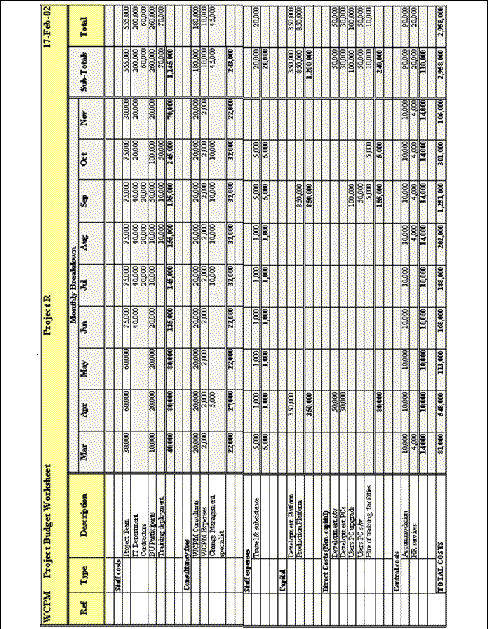|
Supplying Principles and Practices > USPS Supplying Practices Process Step 2: Evaluate Sources > Formulate Project Budget and Request Funding
Formulate Project Budget and Request Funding
A project's budget evolves from the Prepare Preliminary Business
Justification for the Need and the Assess Resources topics of the
Conceptualize Need task of Process Step 1: Identify Needs. For project
management purposes, the project manager appointed by the Client
organization must analyze the budget in further detail and with greater
structure to support subsequent control and reporting. Once the budget has
been determined, appropriate funding is requested.
All projects follow the procedures outlined in Handbook F-66, General
Investment Policies and Procedures. For projects specifically related to
supply chain management (SCM), additional procedures must be followed
(as outlined in the SCM Impact section below).
A project budget is the estimated financial plan for a project for which funding
is required. The budget document includes the expenses that the Client
organization anticipates to incur for a specified period of time, as well as
earned income that will be generated during the course of the project. Every
project, no matter how simple, needs to have a budget that sets limits on how
much money is spent on each activity. A budget is a pivotal tool that is used
by many project teams within the Postal Service as a baseline to determine
whether the project is on track. For the Client, the budget correlates directly
to the success of the effort.
Budgets are usually set and managed for the duration of the project. In some
cases, the Client might prefer to work with a separate budget at each stage
or phase of the project.
Request Funding
A preliminary funding assessment was conducted during the Assess
Resources activities of the Conceptualize Needs task and was updated
during the Revisit/Update Resource Assessment topic of the Decide on Make
vs. Buy task of Process Step 1: Identify Needs.
A business justification, which contains a discussion of the Postal Service's
business needs and an assessment of the likely costs and potential benefits
of such needs, must be completed and submitted to begin the request for
funding process. The business justification is developed during the Prepare
Preliminary Business Justification for the Need topic of the Conceptualize
Need task and revisited in the Update Business Justification topic of the
Decide on Make vs. Buy task of Process Step 1: Identify Needs.

For some Supply Management (SM) projects, additional steps must be taken
to formulate the appropriate budget.
When the Client begins to assemble the budget, it is helpful to prepare a
budget worksheet that includes the following:
• Categories of cost
• Specific types of cost
• The costs incurred each month
• Total costs per category and type
• Total spend per month
• Overall project cost
A typical SCM project budget will show the various types of expenditure and
when they will be incurred, which subsequently allows the Client to track
costs against the plan.
Most commonly, the Client will prepare an SCM project budget in a
spreadsheet format; an example is illustrated in Figure 2.2 below:
A budget worksheet typically includes a list of all personnel and nonpersonnel
expenses related to the operation of the project. The Client should anticipate
costs that may be incurred once the project begins, as well as any ongoing
expenses for items that will be allocated to the project. Nonpersonnel costs
are considered indirect costs, which include items such as travel, equipment,
office supplies, and postage.
The list of budget items and applicable calculations should be summarized on
a worksheet. These worksheets can be essential to track whether the project
is on budget.
In addition, a tactical opportunity form must be completed to request funding.
Figure 2.2
Budget Worksheet


Prepare Preliminary Business Justification for the Need topic, Conceptualize
Need task, Process Step 1: Identify Needs
Assess Resources topic, Conceptualize Need task, Process Step 1: Identify
Needs
Revisit/Update Resource Assessment topic, Decide on Make vs. Buy task,
Process Step 1: Identify Needs
|
